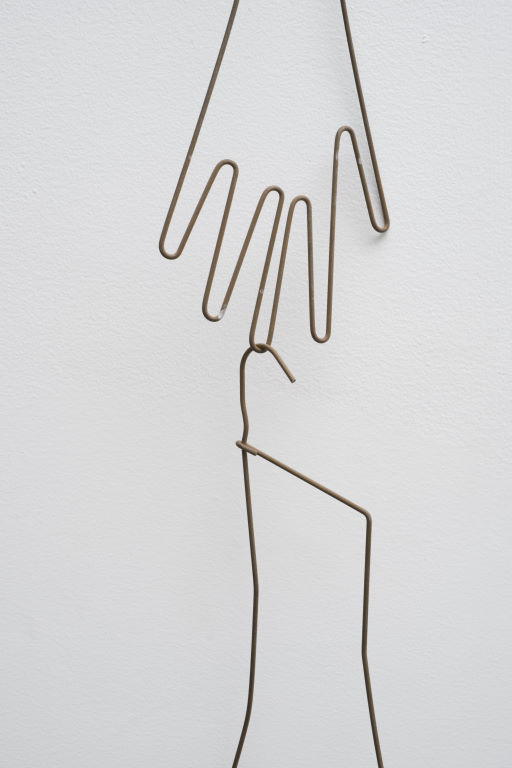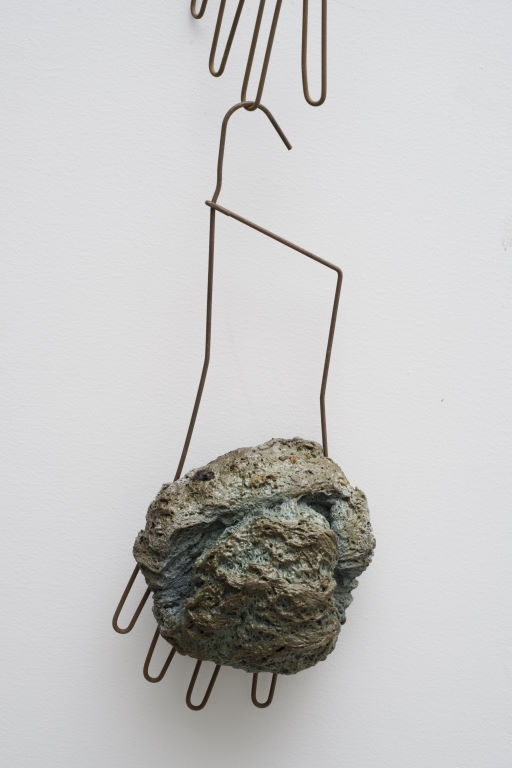Julia Morison
Meet me on the other side
28 October - 26 November 2011
Meet me on the other side is an exhibition in response to the Christchurch earthquake of 22 February this year.
Julia Morison, is a Christchurch based artist, whose rich and ambiguous practice has encompassed a diversity of approaches and materials in a career spanning four decades. She was ‘routinely’ working, on a new suite of paintings for her third exhibition at Two Rooms exhibition when, the earthquake on 22 February disrupted this plan and any notion of routine. Painting, or the painterly ideas she had been occupied with, seemed somewhat irrelevant given the magnitude of the disaster just metres from her studio. Added to this, the floor of her studio was engulfed by liquefaction. There was now the frustration of working on a studio floor filled with silt and water, a floor broken and no longer horizontal, the dust that permeated everything and ‘quake brain’.
Painting was abandoned in favour of distracting ‘things’ that seemed to be making themselves on the periphery. Things made from recycling parts of other things. Parts; unresolved past experiments, stuff collected for no rhyme nor reason, broken stuff, abandoned stuff found in the streets, goofy gifts from friends given in faith and the confidence that they might be of interest— this might be put with that to some unknown end. Plastic shopping bags were recycled and extruded into a new body of objects called ‘Things’ and the silt from the studio floor, infused with cement and resins was added to the mix.
Painting was not altogether abandoned, however. Bottles of liqueurs in the studio, broken in the earthquake glued shards of glass onto the floor. This became the inspiration for a suite of monochromatic paintings in ‘liqueurfaction’. The sticking power of sugar in liqueurs serves as the medium and different flavours, such as Black Sambuca, Cherry Brandy and Crème de Menthe just to name a few, offer the distinguishing subtle hues.
For the accompanying catalogue Julia chose to invite another artist to similarly write a text in response to the works and the situation. The result is a beautiful essay by Creon Upton opposing images of ‘the Things’.
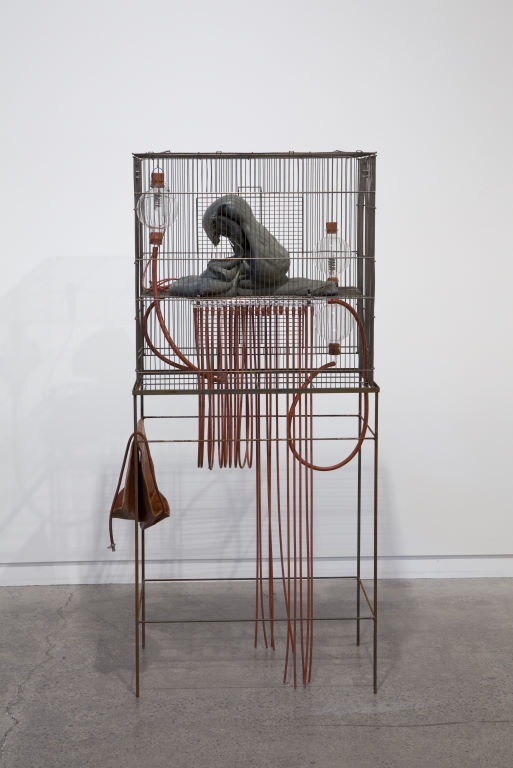
metal cage & stand, melted shopping bags, glass & rubber
1420 x 620 x 370 mm
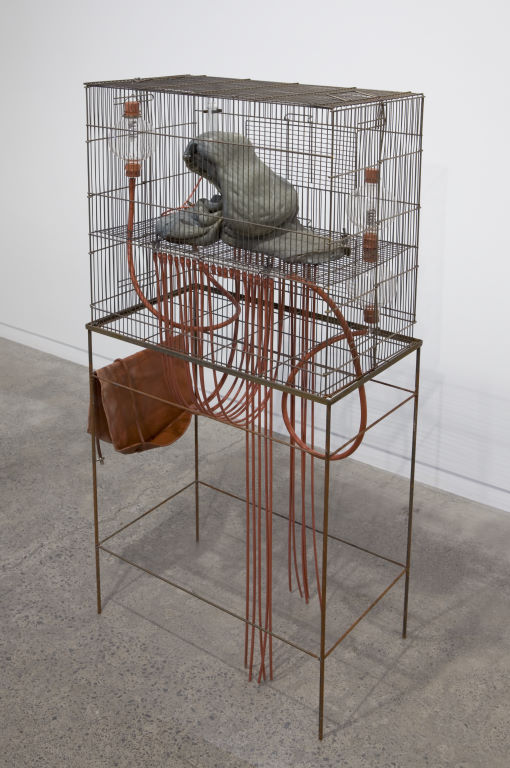
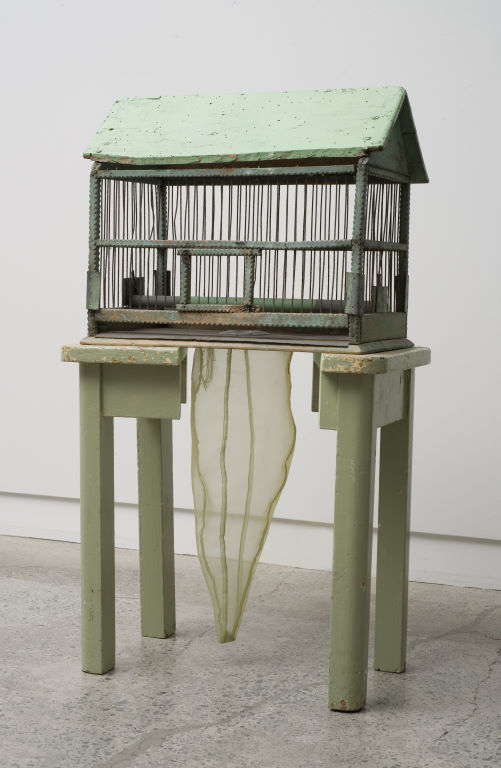
bird cage, table, plug and silk cloth
540 x 480 x 280 mm
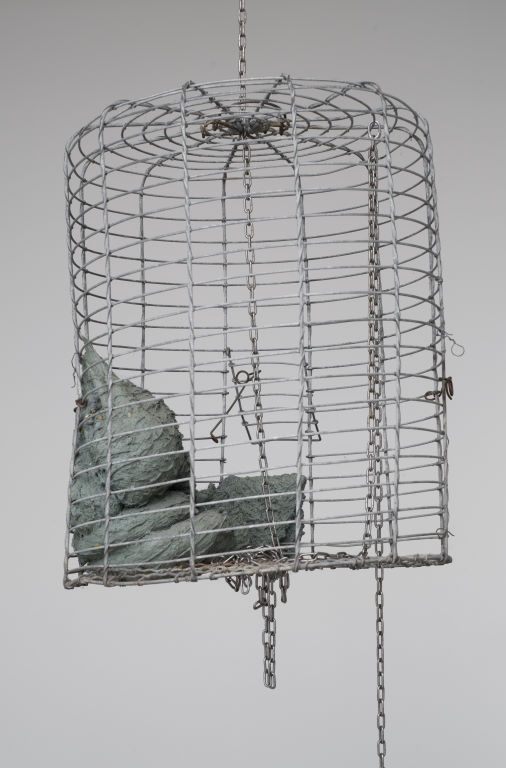
wire cage, chain, melted shopping bags
3500 (var) x 500 x 500 mm
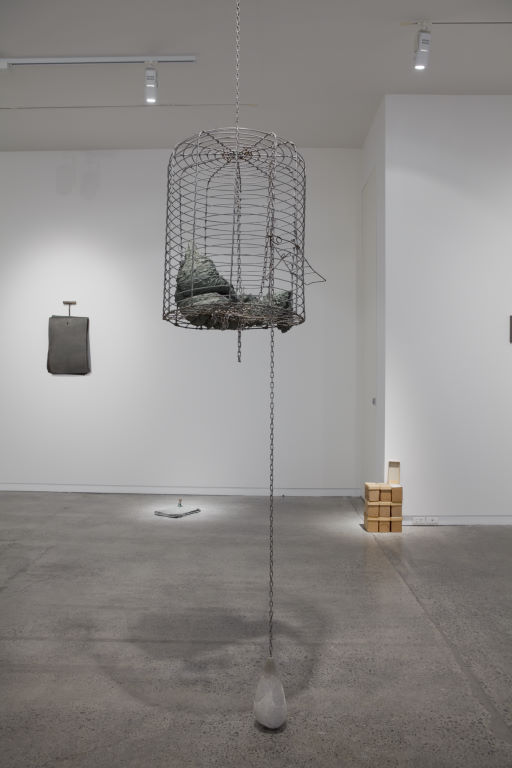
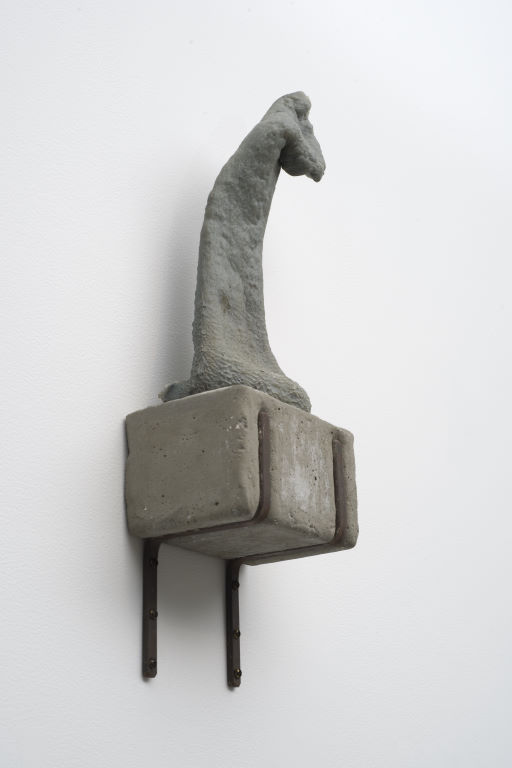
melted shopping bags, cement, silt, metal
540 x 170 x 120 mm
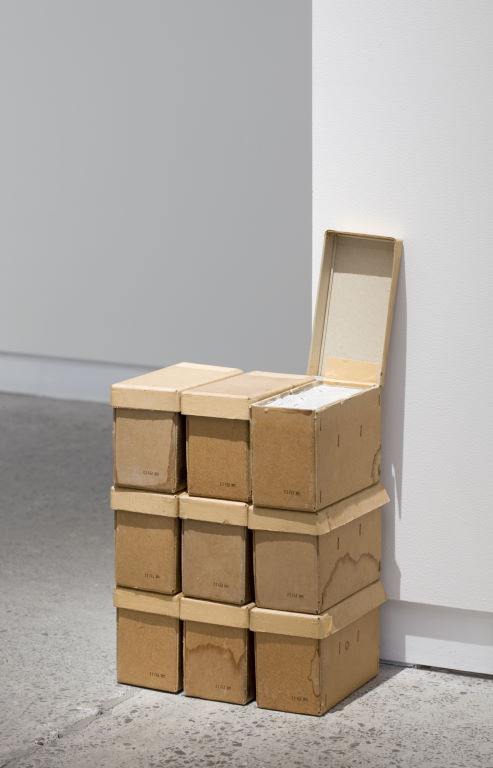
cement, silt, cardboard
each 120 x 90 x 170 mm
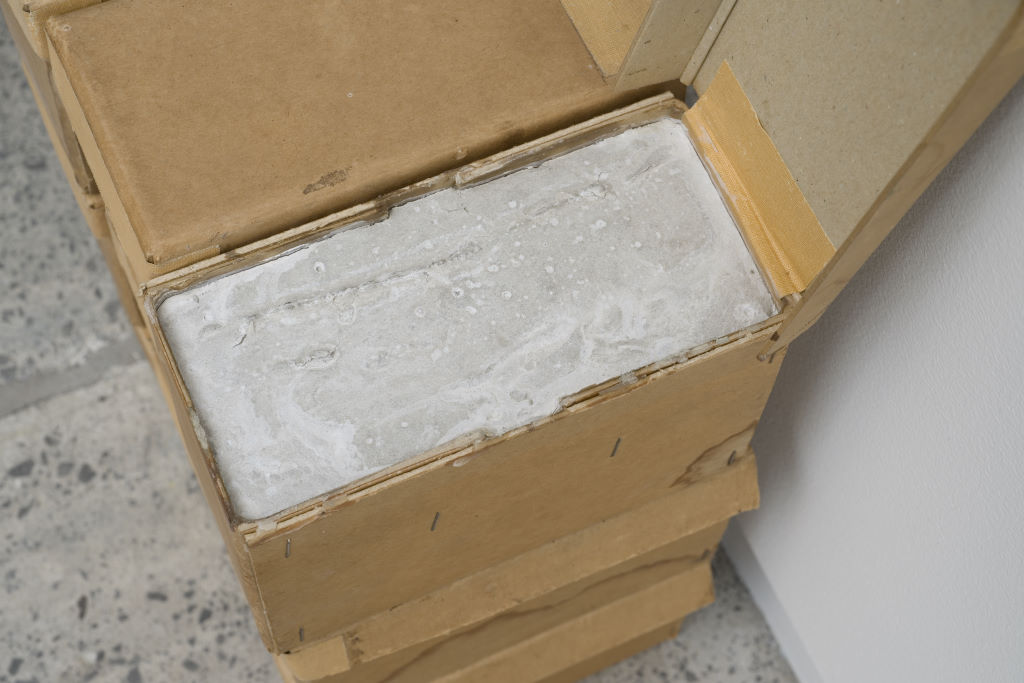
cement, silt, cardboard
each 120 x 90 x 170 mm
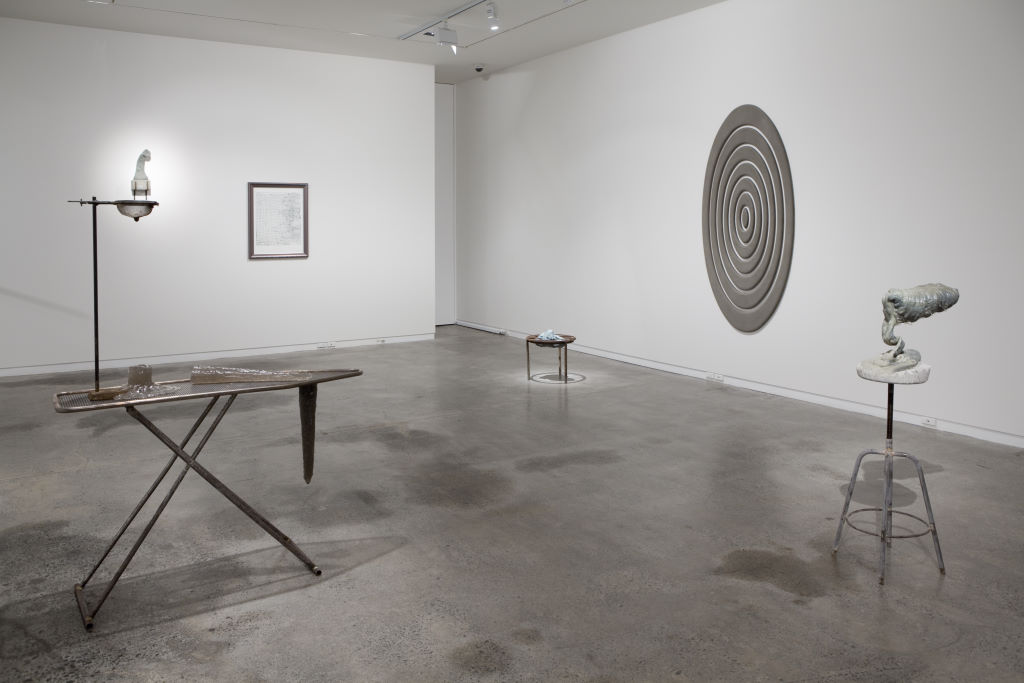
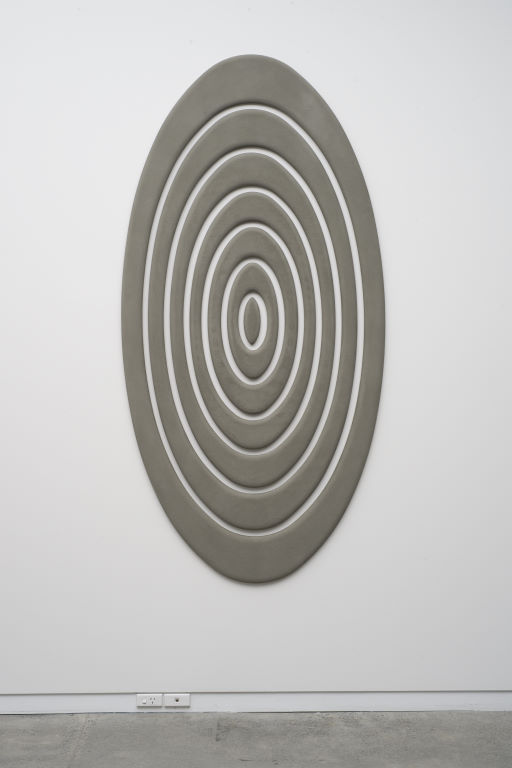
silt in polyurethane on board
2000 x 1000 x 25 mm
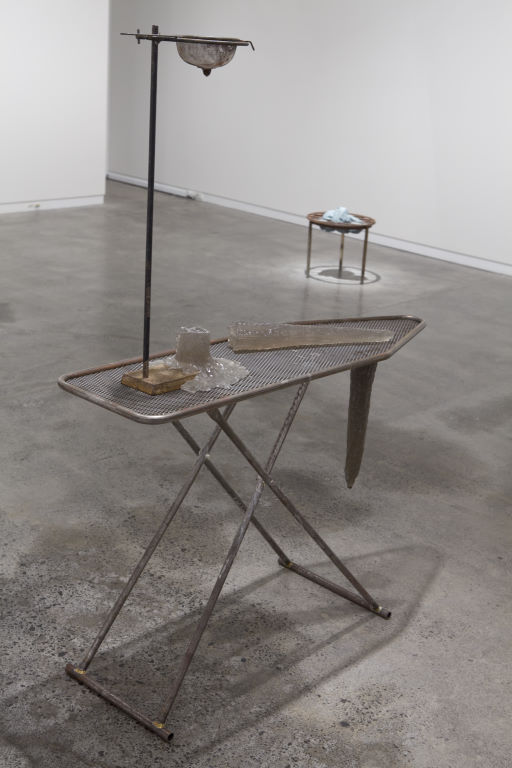
ironing board, metal stand, sieve, resin, silt
1550 x 1190 x 360 mm
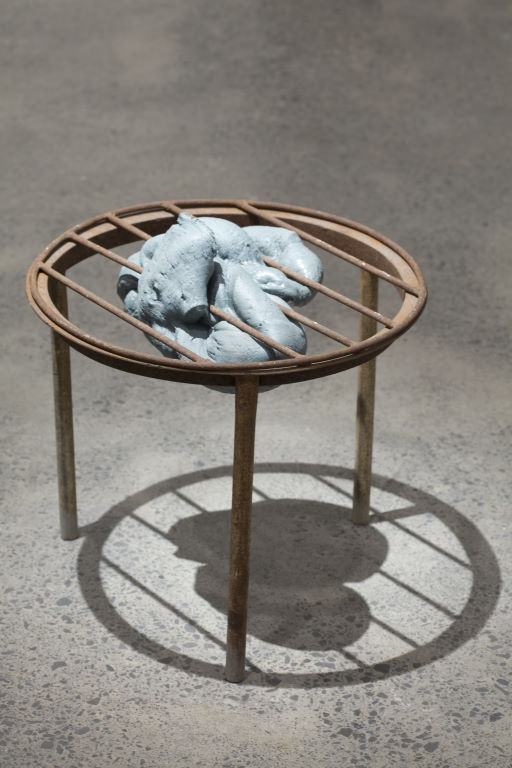
metal grill, melted shopping bags
500 x 450 x 450 mm
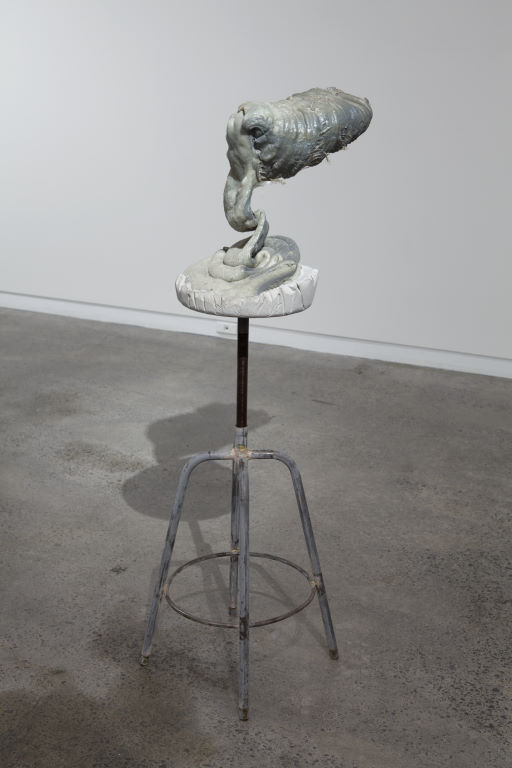
melted shopping bags, stool, cement, silt
1240 x 400 mm
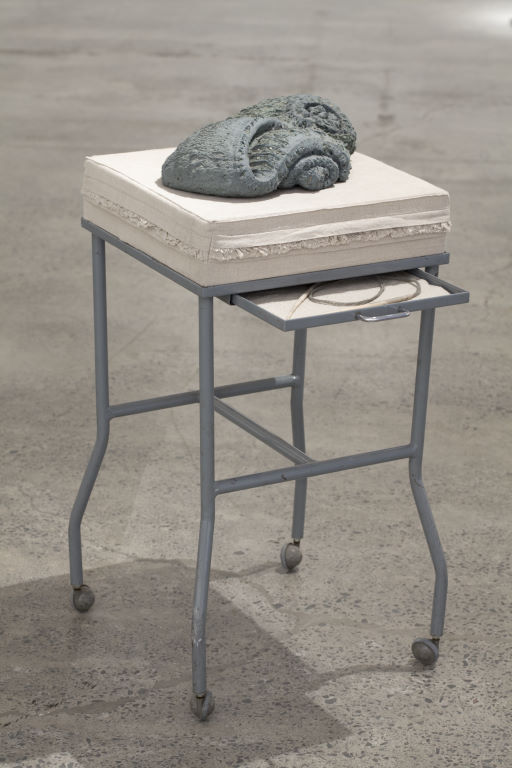
cabinet, cushion, melted shopping bags, wire and modeling clay
100 x 450 x 450 mm
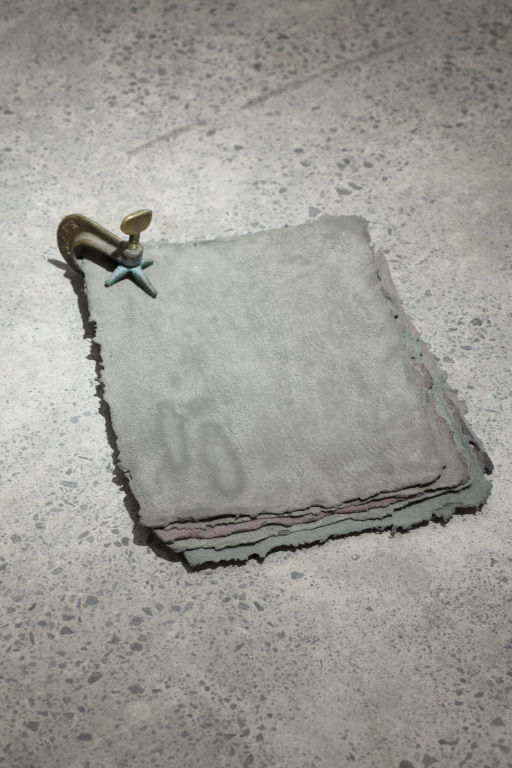
silt with mixed liqueurs (listed below) on rag paper & bale hook on rag paper & clamp 820 x 620 x 35 mm
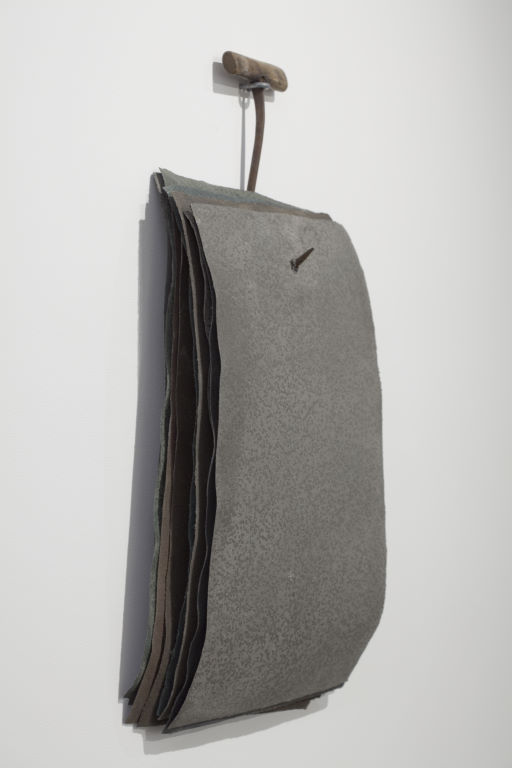
silt with mixed liqueurs (listed below) on rag paper & bale hook
770 x 380 x 100 mm
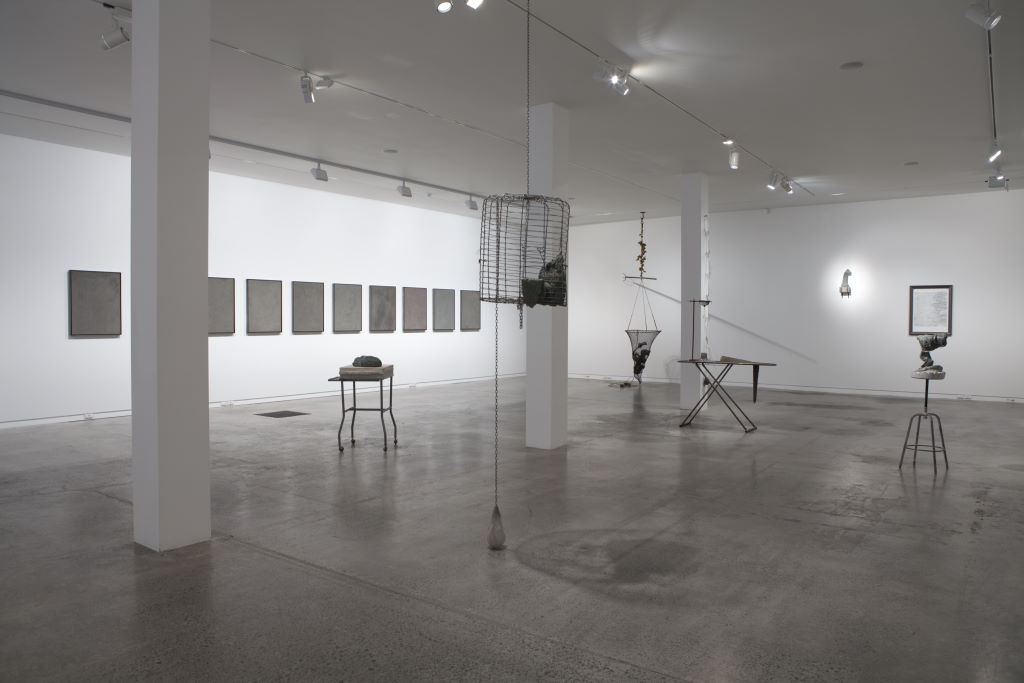
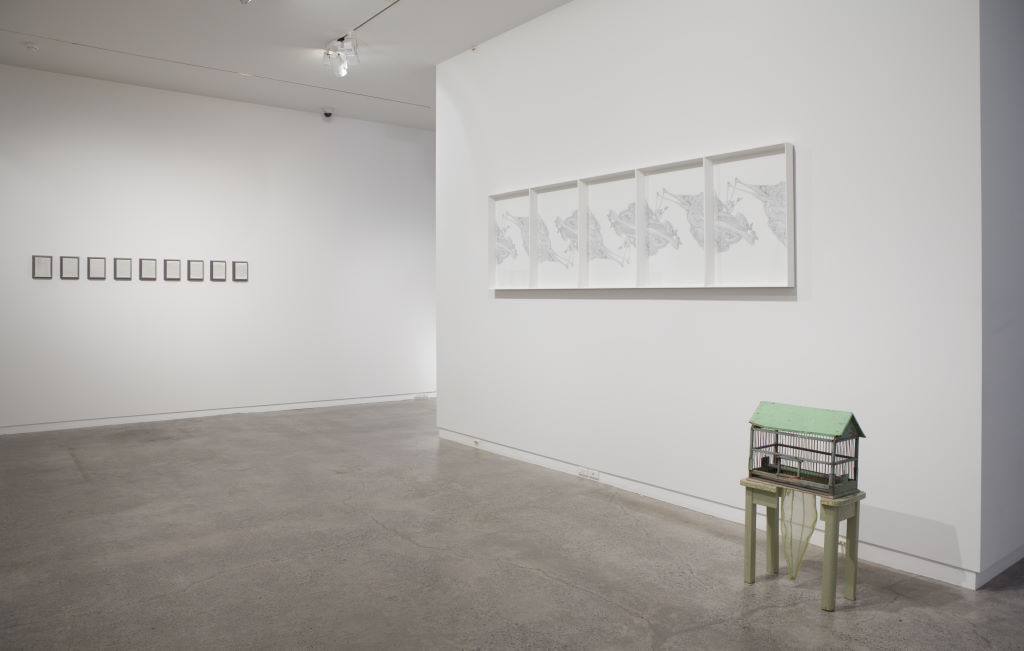
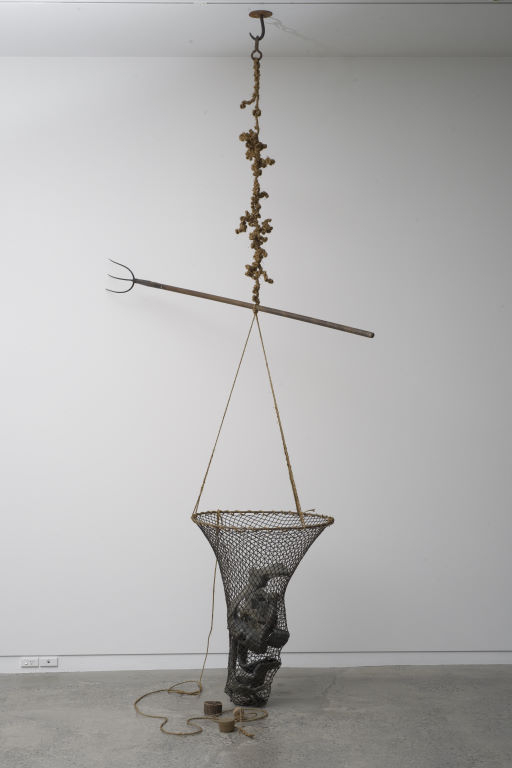
melted shopping bags, fish net, rope, pitch fork,
4000 (app) x 2000 x 800
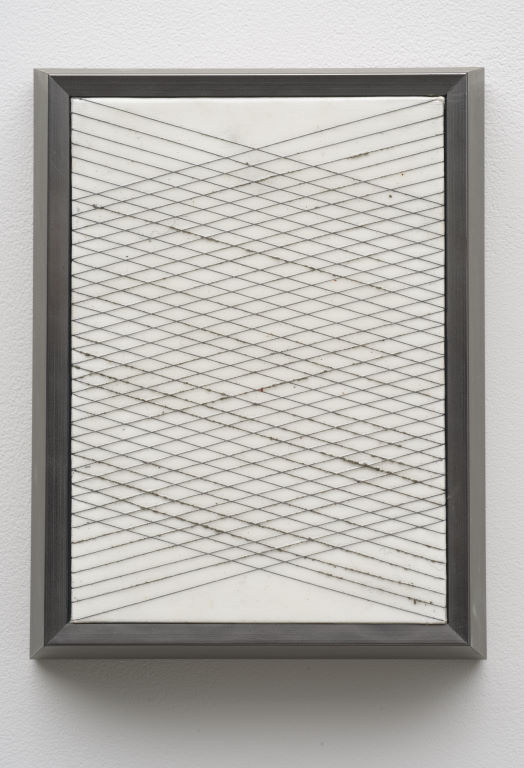
silt coated cotton on canvas board. Framed each 210 x 165 x 55 mm
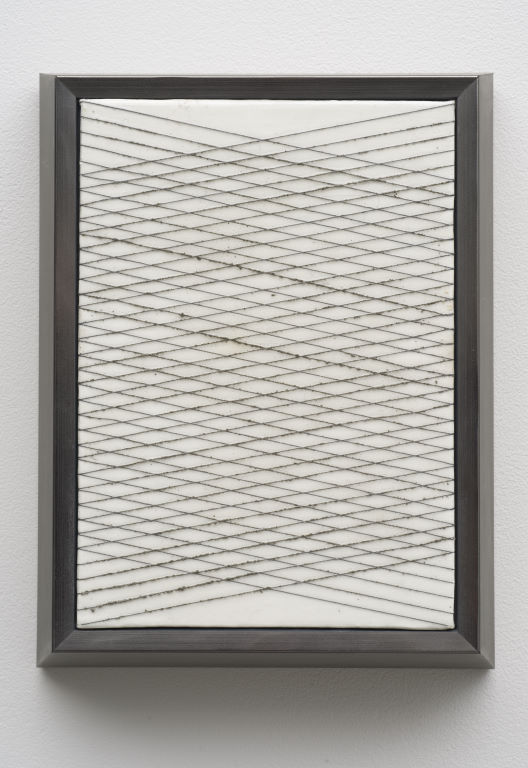
silt coated cotton on canvas board. Framed each 210 x 165 x 55 mm
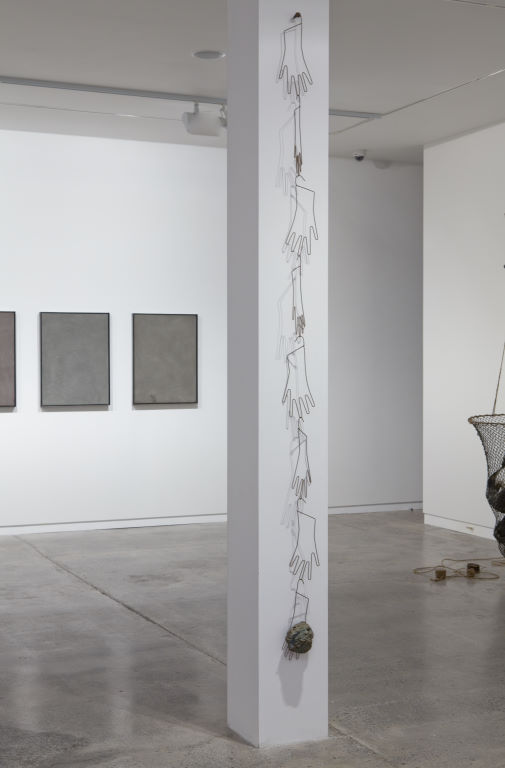
wire, nail and melted shopping bags
2140 x 170 x 100 mm
